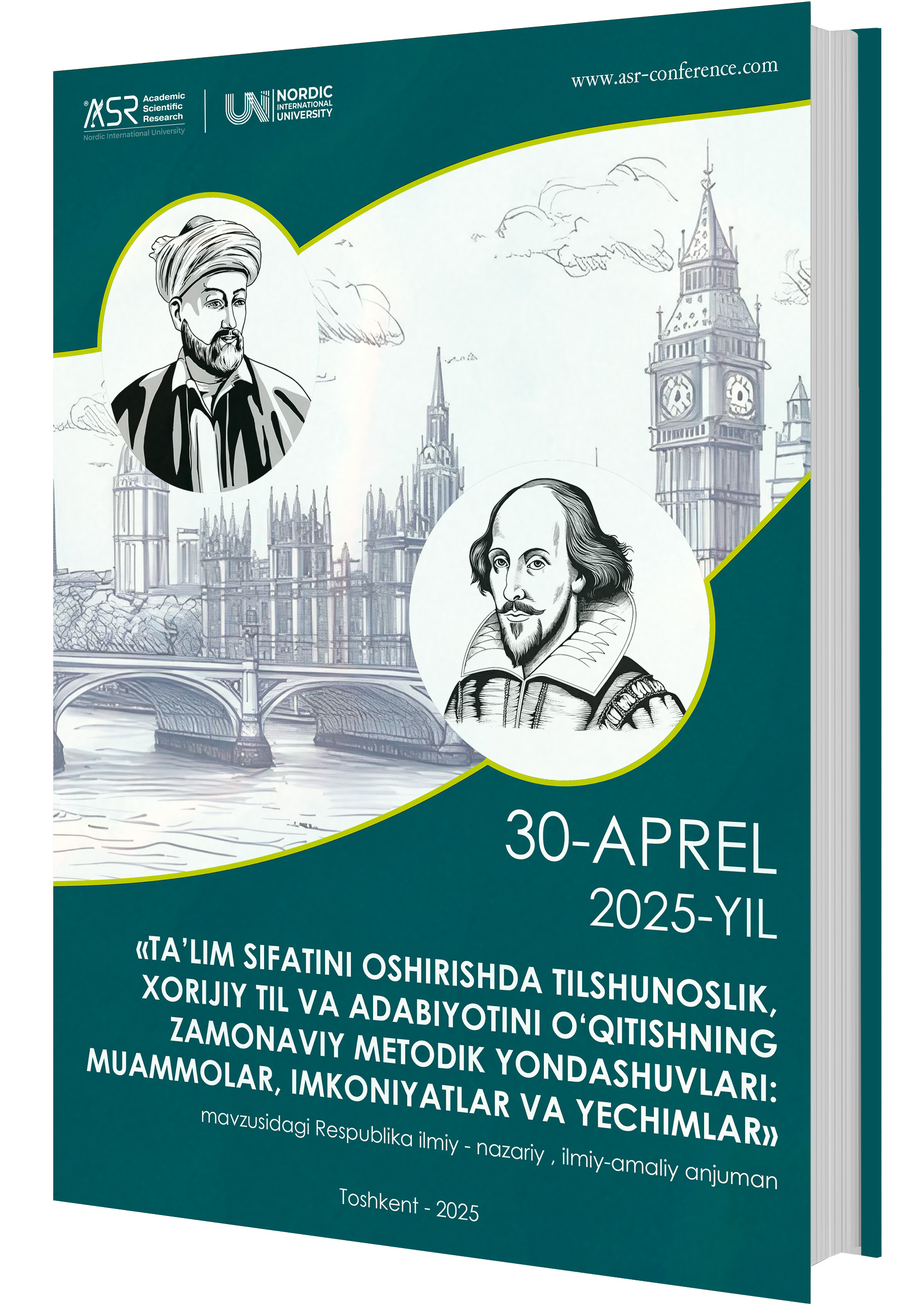THE IMPACT OF MULTIMEDIA ON STUDENT ENGAGEMENT AND LEARNING OUTCOMES
Аннотация
This article sheds light on the importance of modern technology, multimedia tools in enhancing the engagement of students and their performance during the class. It also emphasizes on the usage of multimedia tools including but not limited to audio-visual aids, that cater to the learning styles of students. The article also compares the performance of students who learn in a traditional way, relying solely on one learning style in a classroom deprived of any multimedia applications and those who are exposed to a mixed environment combining all types of styles whether it is visual, audio or kinesthetic in a digitally enhanced classroom. By introducing these multimedia aids, not only is it possible to keep students focused on the lesson, but it also allows them to experience other styles of learning irrespective of their preferences.
Библиографические ссылки
Richard E. Mayer. (2009). Multimedia Learning: Vol. 2nd ed. Cambridge University Press.
Muzamil Hussain ALHussaini, et al. (2024) The Impact of Multimedia Delivery Modes on Student Engagement in Distance Education. Ku J of Art Int, Rob, Mach and Data sci. 1(1): 015-018.
Pashler, H., McDaniel, M., Rohrer, D., & Bjork, R. 2008. “Learning Styles: Concepts and Evidence”. Psychological Science in the Public Interest, 9(3), pp. 105-119.
Mayer, R. E. 2003. “Elements of a science of e-learning”. Journal of Educational Computing Research, 29(3), pp. 297-313.
Mayer, R.E. 2009. “Advances in applying the science of learning and instruction to education”. Psychological Science in the Public Interest, 9(3), pp. i-ii.
Fleming, N. D. 2001. Teaching and learning styles: VARK strategies. Christchurch, New Zealand: Neil D Fleming
Birch, D. & Burnett, B. 2009. “Advancing E-Learning Policy and Practice: Influences on Academics’ Adoption, Integration and Development of Multimodal E-Learning Courses”. In Stansfield, Mark and Connolly, Thomas, (eds.) Institutional transformation through best practices in virtual campus development: advancing e-learning policies. Information Science Reference (IGI Global), Hershey, PA, pp. 65-80.
Picciano, A. G. 2009. “Blending with purpose: The multimodal model”. Journal of the Research Centre for Educational Technology, 5(1), pp. 4-14.
Fadel, C. 2008. Multimodal Learning Through Media: What the Research Says. San Jose, CA: Cisco Systems
Загрузки
Опубликован
Выпуск
Раздел
Лицензия
Copyright (c) 2025 Navbahor Abdukarimova

Это произведение доступно по лицензии Creative Commons «Attribution-NonCommercial» («Атрибуция — Некоммерческое использование») 4.0 Всемирная.
Условия лицензии
Эта работа доступна под лицензией Creative Commons Attribution-NonCommercial 4.0 International License. Чтобы просмотреть копию этой лицензии, посетите http://creativecommons.org/licenses/by-nc/4.0/ или отправьте письмо по адресу Creative Commons, PO Box 1866, Mountain View, CA 94042, США.
По этой лицензии вы можете:
Поделиться — копируйте и распространяйте материал на любом носителе и в любом формате.
Адаптируйте — делайте ремиксы, трансформируйте и дорабатывайте материал.
Лицензиар не может отозвать эти свободы, если вы соблюдаете условия лицензии. На следующих условиях:
Атрибуция. Вы должны указать соответствующую ссылку, предоставить ссылку на лицензию и указать, были ли внесены изменения. Вы можете сделать это любым разумным способом, но не таким образом, который бы предполагал, что лицензиар одобряет вас или ваше использование.
Некоммерческое использование — вы не имеете права использовать материал в коммерческих целях.
Никаких дополнительных ограничений. Вы не имеете права применять юридические условия или технологические меры, которые юридически запрещают другим делать все, что разрешено лицензией.





